+86-159 9860 6917
info@geofantex.com
geofantex@gmail.com
+86-400-8266163-44899
Geofantex Geosynthetics is a leading supplier of top-quality geosynthetic products, including Nonwoven and Woven Geotextile Fabric, PET Geogrids, Fiber Glass Geogrids, Plastic Geogrids, Geocells, Geomembranes, and Geonets. Our products are exported to various countries worldwide, such as New Zealand, Canada, South America, Southeast Asia, South Africa, and Africa.
What is geotextile fabric used for?
Geotextiles refer to fabrics that are specifically designed for geotechnical applications, such as road and railway embankments, earth dikes, and coastal protection structures. Their primary purpose is to perform one or more fundamental functions, such as filtration, drainage, separation of soil layers, reinforcement, or stabilization. In essence, geotextiles play a vital role in enhancing the performance.
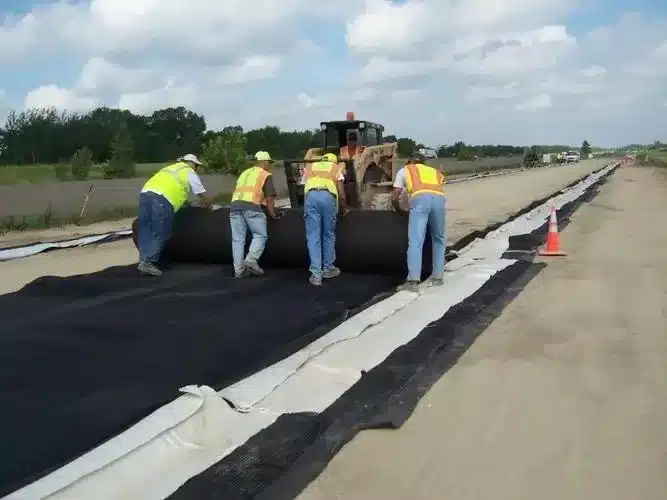
Is geotextile fabric the same as landscape fabric?
Geotextiles and landscape fabric may appear similar in appearance, but they are distinct products serving different purposes. Understanding this difference is crucial for making the appropriate choice for your outdoor area. Geotextiles are primarily designed for commercial and geotechnical applications, such as constructing buildings, dikes, or road repairs. They are not intended for use in garden and yard applications. On the other hand, landscape fabric is specifically designed for garden and yard use, providing benefits such as weed control and soil moisture retention. It is important to select the right product based on the specific needs of your outdoor space.
Does water flow through geotextile fabric?
The use of aggregate separation is essential in areas that necessitate soil stabilization. By employing polypropylene geotextile fabric, water can easily permeate through the material, creating a stable layer that remains unaffected by moisture, thus preventing any weakening.
Does geotextile fabric stop weeds?
Non-woven geotextile fabric barriers excel in weed suppression as well as drainage and filtration applications. These fabrics facilitate easy passage of water and air, thereby aiding in effective drainage and promoting healthy plant growth.
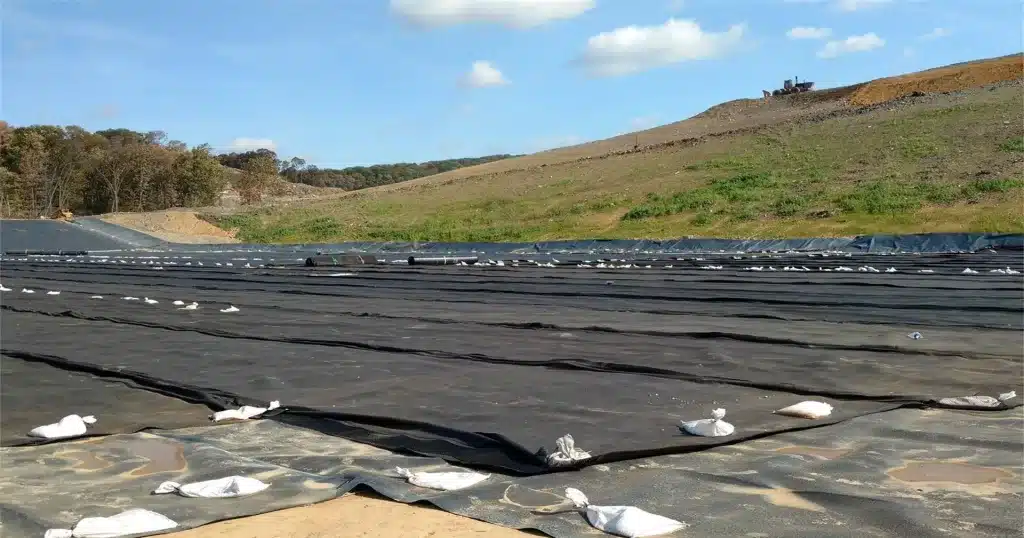
A geotextile is typically defined as any permeable textile material used to increase soil stability, provide erosion control or aid in drainage. More simply put, if it is made of fabric and buried in the ground it is probably a geotextile! Geotextiles have been in use for thousands of years dating back to the Egyptian Pharaohs. These early geotextile applications were basically natural fibers or vegetation mixed directly with soil. Modern geotextiles are usually made from synthetic polymers such as polypropylene, polyester, polyethylene and polyamides. Geotextiles can be woven, knitted or non-woven. Varying polymers and manufacturing processes result in an array of geotextiles suitable for a variety of civil construction applications.
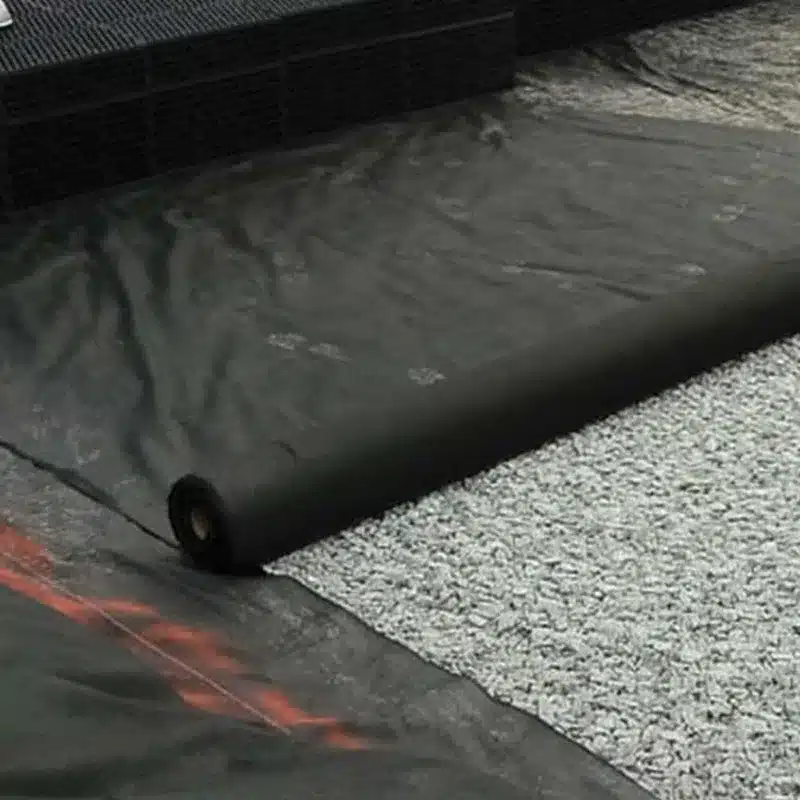
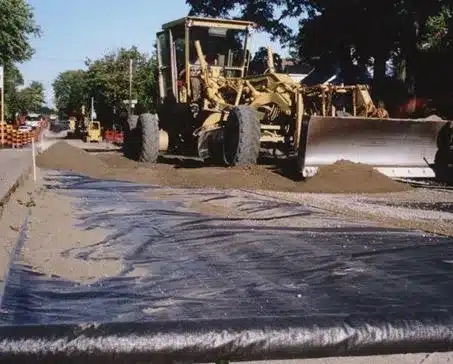
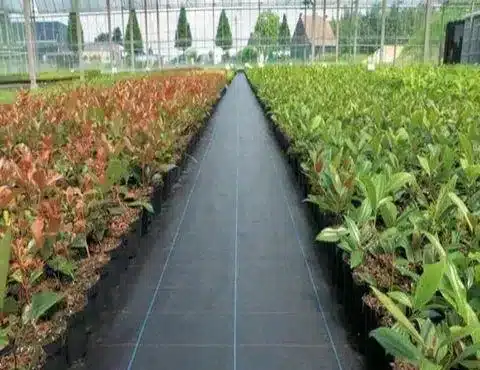
Get Free Sample
We’ll respond as soon as possible(within 12 hours)






















